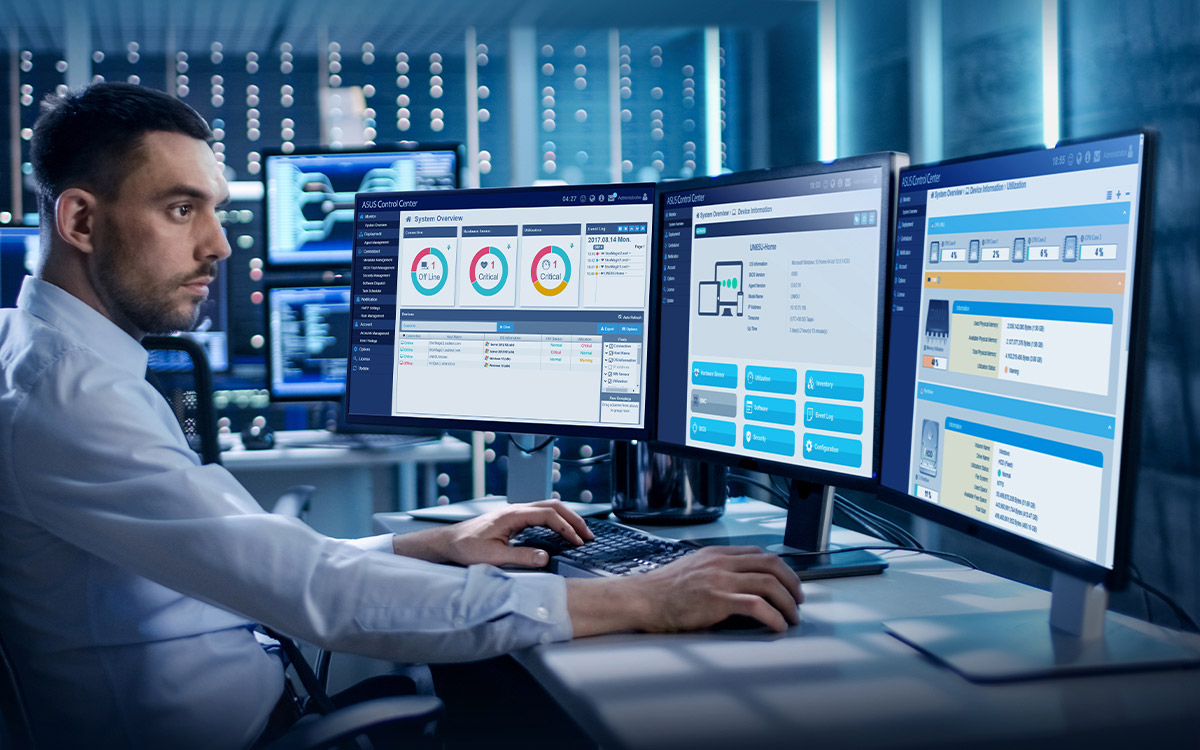Edge Computing is transforming the way data is being handled, processed, and delivered from millions of devices around the world. In an era where every millisecond of latency matters and the amount of data generated by IoT devices grows exponentially, traditional cloud computing is often not sufficient. This is where Edge Computing comes into play, offering a smarter solution by processing data closer to the source of data generation.
The Role of Edge Computing in Reducing Latency
One of the primary advantages of Edge Computing is its ability to significantly reduce latency. By processing data near its origin, Edge Computing minimizes the distance data must travel between the client and the server, thereby speeding up response times and improving the performance of real-time applications. This is particularly critical in industries such as autonomous vehicles, healthcare, and manufacturing where instant decision-making is crucial.
Edge Computing and IoT: A Synergistic Relationship
The proliferation of IoT devices has been a significant driver of Edge Computing. These devices generate vast amounts of data that need to be processed quickly and efficiently. Edge Computing enables this by providing localized computing power, which not only speeds up the processing time but also reduces the strain on network resources. This localized approach ensures that sensitive data can be processed in a secure manner, adhering to data privacy regulations.
Distributed Architecture of Edge Computing
Edge Computing is inherently distributed in nature. Unlike centralized data centers, Edge Computing deploys multiple micro data centers spread across various locations. This distributed architecture enhances data processing speeds and reliability, ensuring that services remain uninterrupted even if one node fails. The distributed nature of Edge Computing also adds an extra layer of data security, as data is not stored in a single location.
Processing Power at the Edge
The ability to process data locally without having to send it back to a central data center is one of the defining features of Edge Computing. This processing capability is crucial for applications requiring real-time analysis and decision-making. Industries such as retail and logistics utilize Edge Computing to process information on-the-go, optimizing operations through immediate insights derived from the data.
Managing Data with Edge Computing
With the increase in the number of connected devices, the volume of data being produced has skyrocketed. Edge Computing plays a crucial role in data management by analyzing and processing this data locally. Only the relevant, processed data is sent to the cloud, which significantly reduces bandwidth usage and ensures that data privacy is maintained. This approach not only enhances efficiency but also reduces costs associated with data transmission and storage.
In conclusion, Edge Computing is pivotal in today’s fast-paced, data-driven world. By bringing computation and data storage closer to the location where it is needed, Edge Computing allows organizations to analyze large amounts of data in real-time, significantly reducing latency and bandwidth use while increasing efficiency and security.
Ready to harness the power of Edge Computing for your business? Join the revolution and enhance your e-commerce capabilities with our SmartEcomSuite. Register today and revolutionize your operations with cutting-edge technology tailored for the modern digital landscape.




